The 4 worst patents of 2015
Patent law long ago lost sight of its constitutional moorings as a balanced and limited source of incentives for innovators
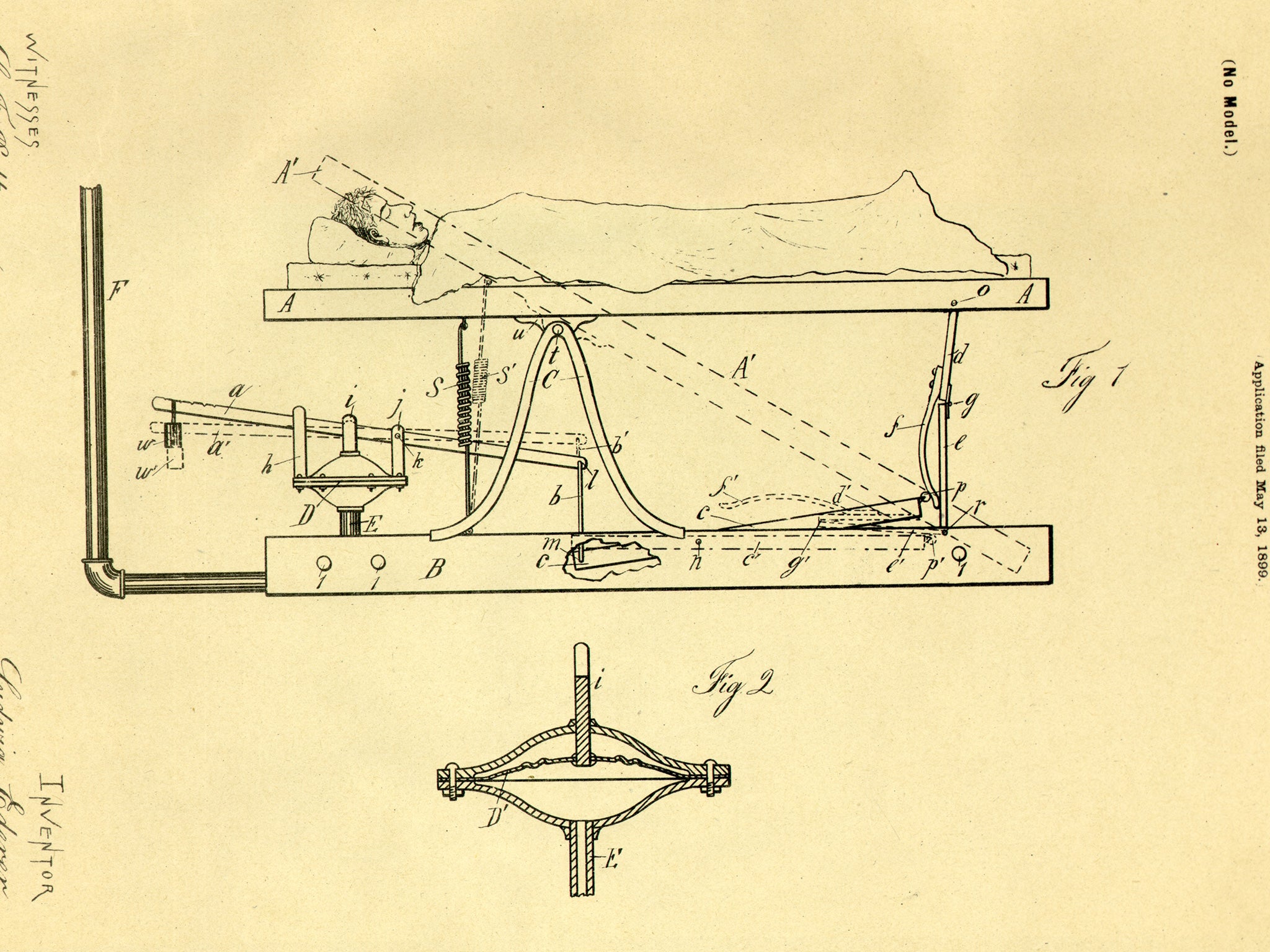
This was another depressing year for patent law, which long ago lost sight of its constitutional moorings as a balanced and limited source of incentives for innovators. Though Congress, the courts and the Patent and Trademark Office each tried in their own way to rein in a system widely-regarded as out of control, in the end nobody made much progress.
On just one day in November, for example, over 200 new patent lawsuits were filed, as plaintiffs rushed to beat a change in federal procedure that could require more specific claims. Most were from companies that buy up patents of dubious quality and use them to extract nuisance settlements from actual innovators.
The polite name for such companies is “non-practicing entities,” but most of us know them as patent trolls. And according to the Consumer Technology Association, these parasites have drained over $150 billion from the U.S. economy since 2013, at a pace that is accelerating.
Beyond the trolls, there’s a more fundamental problem. The mismatch between expanding patent coverage and the quickening pace of disruptive change has become one of the greatest sources of danger to the innovation economy.
That’s especially true of patents granted for basic software and abstract business methods — categories that have only recently been recognized in the first place. Though the U.S. Supreme Court has tapped the brakes on the uncontrolled growth of these two new kinds of patents, most recently in a 2014 case, it has yet to rule that these largely abstract innovations — the favorites by far for the trolls — are entirely outside the class of “discoveries” patent law was intended to protect.
To give just a sense of just how out of touch the law has become, I asked Daniel Nazer, an attorney with the Electronic Frontier Foundation, to highlight the worst patents he’s come across this year. Nazer, who holds the Mark Cuban Chair to Eliminate Stupid Patents (yes, really), had little trouble coming up with these four, culled from a monthly “Stupid Patent of the Month” post he writes for the EFF site. (The complete list is available here.) Each one highlights a different crisis in our badly-misaligned patent system:
1. Changing the quantity of goods on order
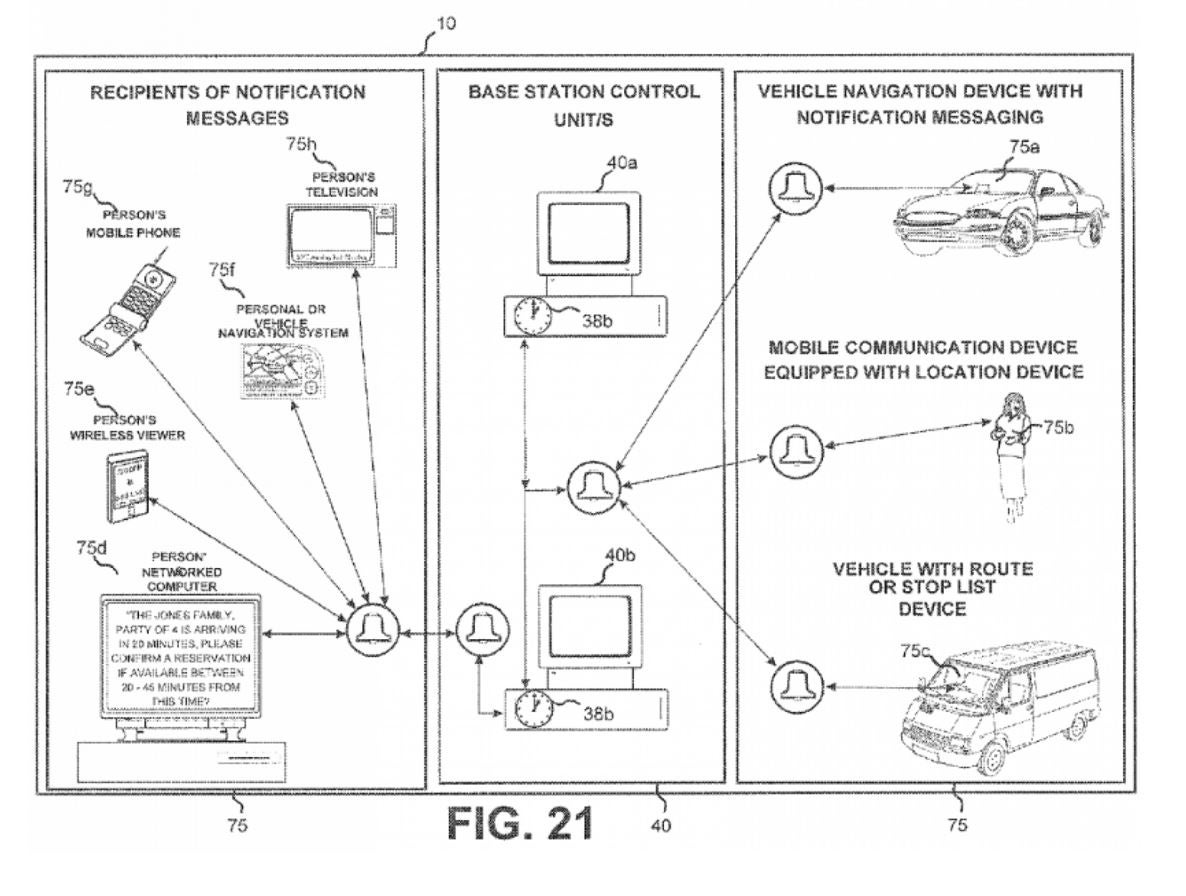
In April, the patent office approved US Patent No. 9,013,334, which covers “notification” systems that handle changes in the quantity of items being delivered or picked up by a customer. The “inventor” of this brainchild is not an entrepreneur but rather a patent lawyer clearly gaming the system. The holder filed a provisional claim in 2003, which he has used to shoehorn some 20 patents, all of them vague, broad and abstract.
As individual claims are challenged (three have been ruled invalid already), the lawyer simply adds new ones to the original filing that Nazer says are largely indistinguishable. Then his company sues a new group of defendants, seeking settlements of around $50,000 — too small to justify the costs of fighting even a winning battle in court. When EFF tagged the entire family as deserving “stupid status,” the company quickly sued for defamation, then just as quickly thought better of it.
2. Firewalls that can’t be configured
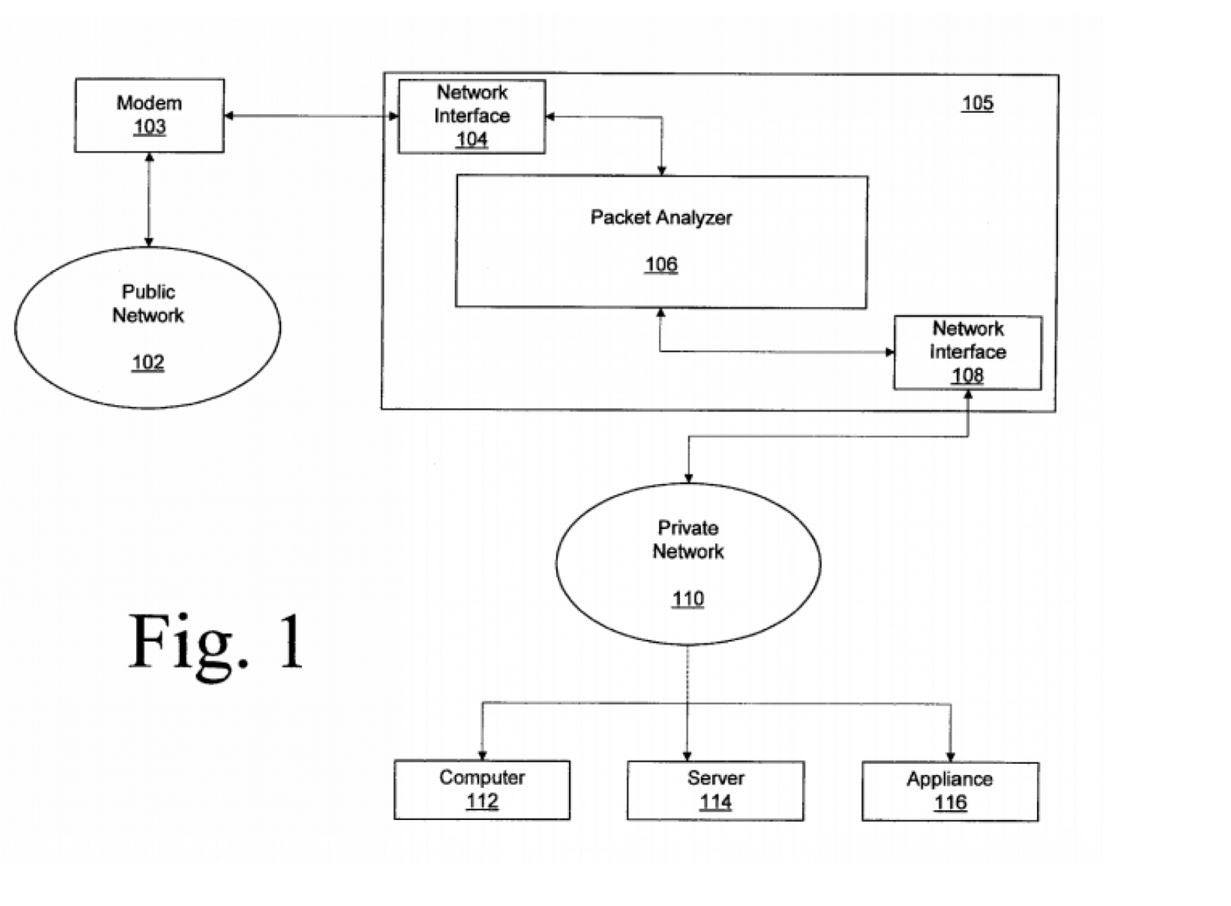
Even a stupid patent wisely abandoned by its own inventor can live on to cause chaos. In 2000, the patent office granted the application for an Internet firewall, already a standard security feature, only because the inventor repeatedly insisted it was something else: a firewall for users too dumb to use a firewall.
After the holder allowed the patent to expire quietly in 2012, it was purchased by a newly-formed patent troll, Wetro Lan, LLC, which soon filed suit against providers large and small of Internet security technology. Most of it is completely unrelated to the patent, which should never have been granted in the first place but again may be too expensive for individual defendants to fight.
The new holder can only claim damages going back six years before the patent’s expiration, but that’s forever in Internet years. Wetro Lan, says EFF, “has sued just about everyone who sells a product relating to network security, from Avaya to ZyXEL.”
Notably, the infringement actions were all filed in the Eastern District of Texas, which has become the de facto court of choice for frivolous patent lawsuits. Nazer noted that 40 percent of all patent actions now begin life there, thanks to aggressive marketing by the district’s local lawyers and hospitality industry.
3. Connecting something — anything — to the Internet
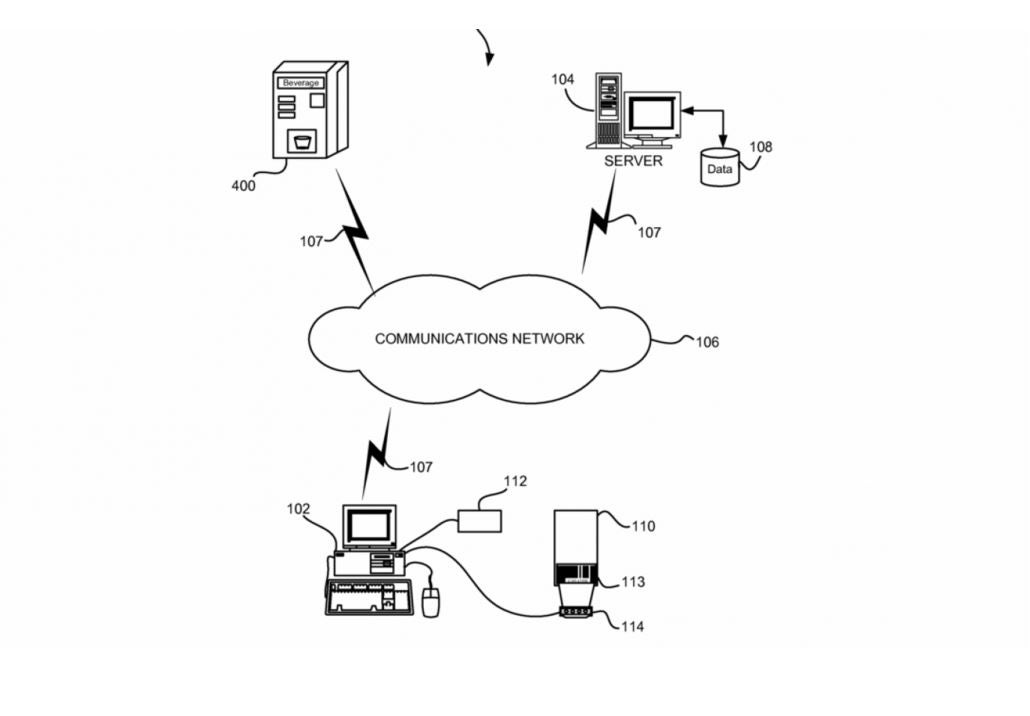
A “garbage” patent from 2006 is now being used to threaten anyone involved in the Internet of Things — a new class of applications with the potential to connect everyday items to the cloud. The patent, which EFF notes was “spectacularly mundane” even in 2006, is largely gibberish. In describes a method of customizing “products containing solids and fluids” by having the user enter “preferences” — connecting a drink mixer to the Internet, in other words.
The patent is laughably obvious. “The application did not disclose any new networking technology,” EFF notes. “Nor did it reveal any new beverage-making technology.” Yet the over-taxed patent office granted it anyway, and now the trolling company who holds the patent, Rothschild Connected Devices Innovations, LLC, is suing everyone who connects something to the Internet, including ADT (security), OnStar (cars) and Rain Bird (irrigation).
Here the problem is the so-called continuation process, which allows unlimited new applications based on an older filing. Once a single patent is issued, examiners are especially generous with subsequent claims attached to it. Even when, as here, they are all undeserving under patent law to pass even a cursory review.
4. Using electronics to control a sex toy
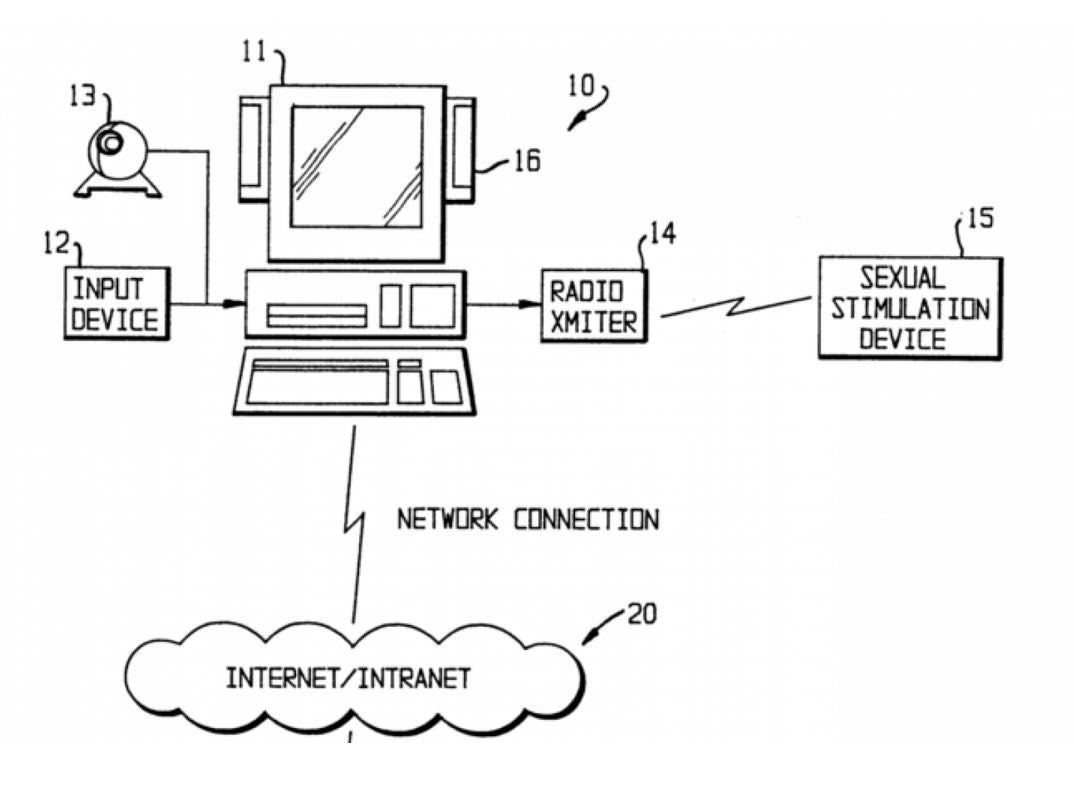
As early as the 1980’s, radio personality Howard Stern was demonstrating computer-based sexual stimulants, a category now known as “teledildonics.” But that didn’t stop the patent office from granting, in 1998, a “ridiculously broad” application from Tzu Technologies, LLC for a patent on a method of “Interactive Virtual Control of Sexual Aids Using Digital Computer Networks.”
As usual, the language of the claim is dressed up in scientific-sounding terminology (“input device,” “signals” “interfaces”) to cover for its obviousness. Yet as written — and approved — the input device could be nothing more than a microphone and the “stimulation device” just a stereo speaker.
Now that sex toy technology, like everything else digital, has become better and cheaper enough to generate actual products, Tzu is suing the pants off manufacturers (sorry). And also Kickstarter, which hosted the fundraising for the Freeble, a device that lets you “hold hands online when you miss someone.”
These may be the worst, but they’re hardly unique. And unless and until Congress, the courts, and the patent office each step up and do their job to stop it, the absurdity — and cost — of frivolous patent litigation is poised to grow much worse.
That’s because the life-cycle of even the most remarkable new inventions has become shorter, thanks to falling prices for core technologies and a cloud-based platform for collaboration. As my co-author Paul Nunes and I have found in our on-going research on Big Bang Disruption, these related trends have lowered the price and risks of innovation for products and services in a growing range of industries.
Technology products are also getting smaller and more component-driven. That means even more potential patent trolls with their hand out for the same pool of royalties. In what Nazer cites as one of the most troubling cases this year, Apple successfully convinced a federal appellate court that a few trivial features of some earlier Samsung smartphones and tablets infringed its design patents, entitling Apple to all of Samsung’s profits.
But mobile devices may be subject to as many as 250,000 patents. So it’s a dangerous precedent to hold that less than a handful represent the total value of the product. And that’s not just a problem for technology giants. As Nazer says, “In a world with 400,000 software patents, everyone is an infringer.”
Overall, there wasn’t much to celebrate in 2015. Progress on a patent reform bill in Congress stalled once again, and the Supreme Court has so far turned away cases that might have raised real obstacles for trolls.
As for the patent office itself, an on-going “patent quality” initiative is widely seen as mere window dressing. The fact remains that examiners have little time for real review. And with applications exploding, the incentive to say yes, and quickly, becomes irresistible. Given that application fees cover much of the budget, Nazer says, the office is more interested in serving its customers than it is in serving the public.
Innovators need less, not more, of the kind of overwhelming monopoly protections and judicial favoritism afforded by patents, which have unintentionally locked up some of the most basic ideas in the Internet ecosystem for upwards of 20 years.
For now, the mismatch between patent law and technology reality threatens to derail the innovation engine driving today’s hottest start-ups and latest tech trends.
Well, maybe next year.
© Washington Post
Join our commenting forum
Join thought-provoking conversations, follow other Independent readers and see their replies
0Comments